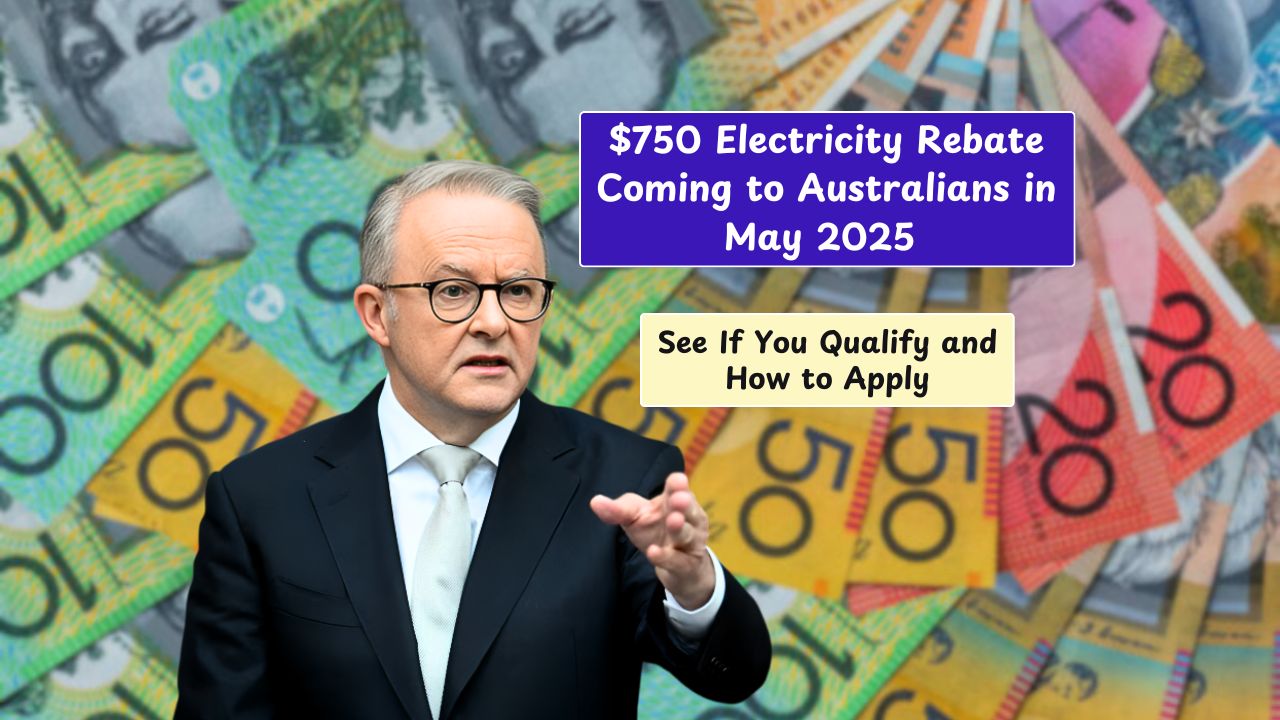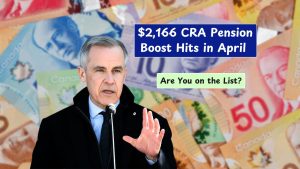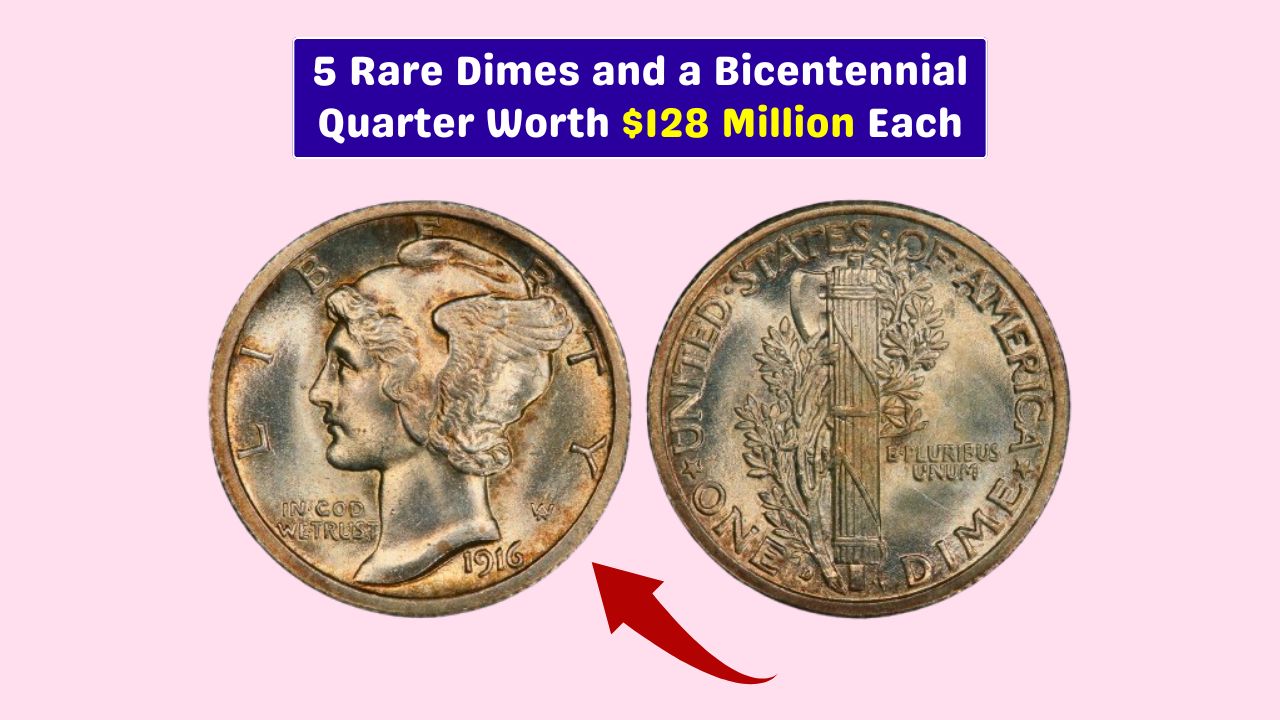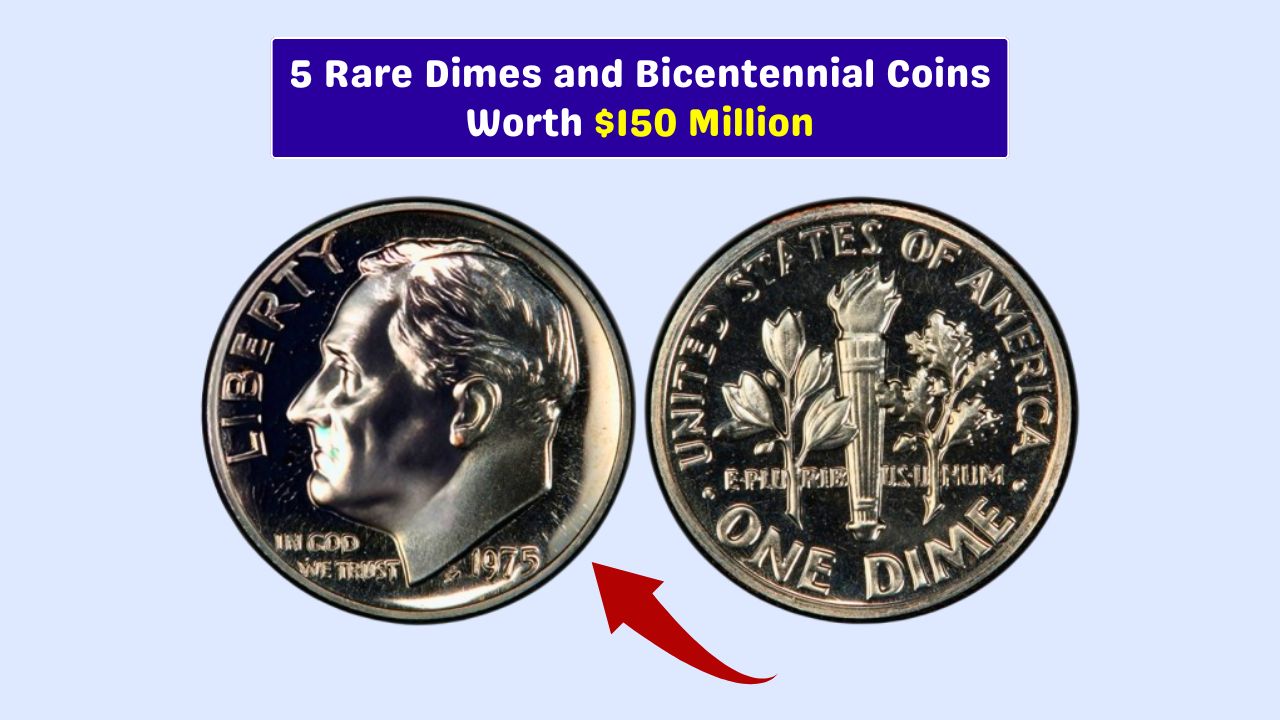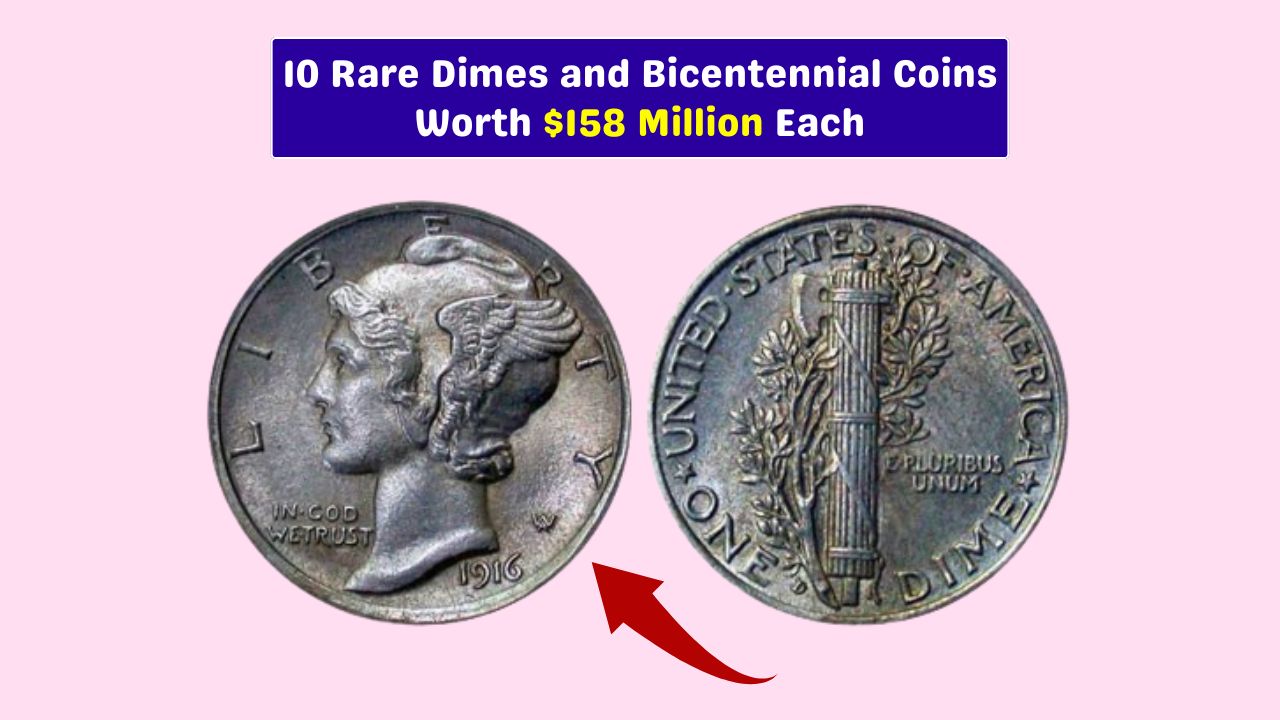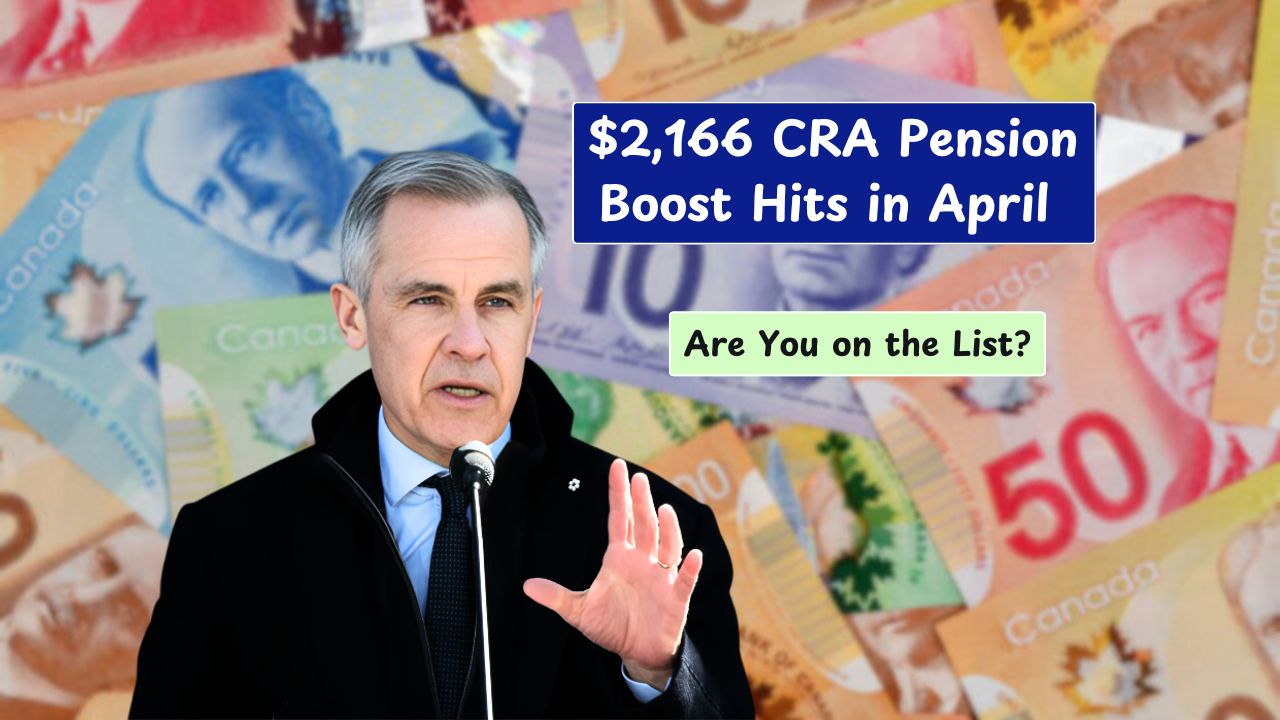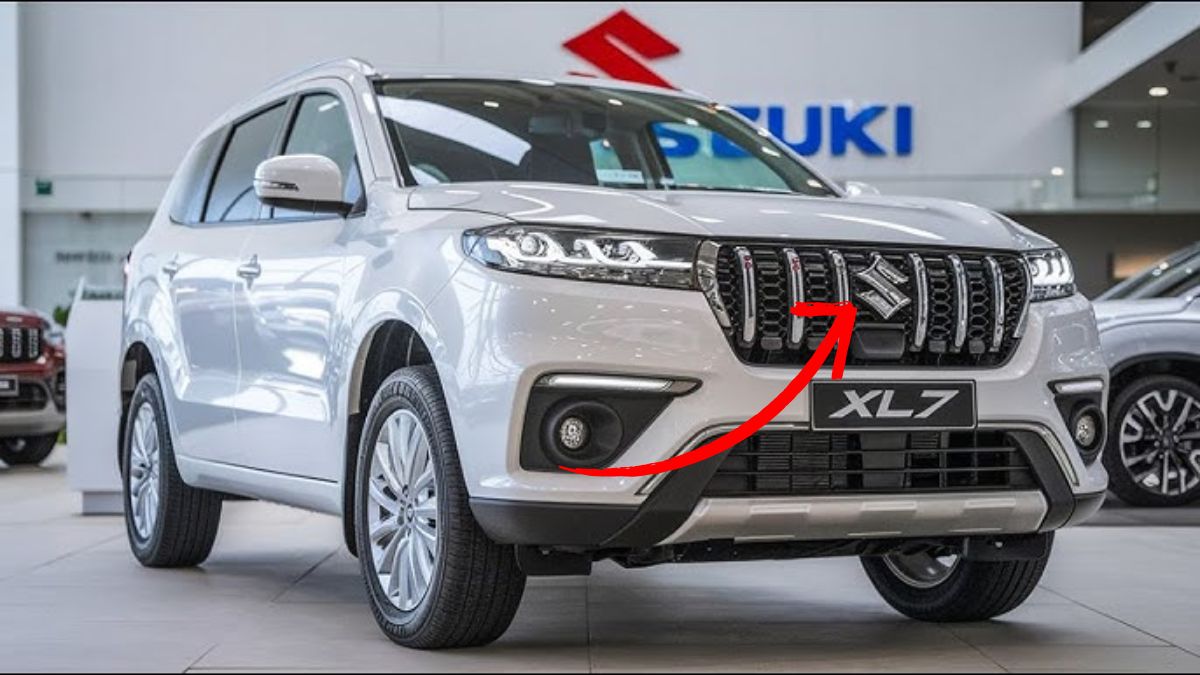Rising power bills have left plenty of Aussies nervously checking their electricity meters. If you’re one of them, here’s some good news: the Australian Government’s Energy Bill Relief Fund is here to lighten the load.
While many have heard about a $750 electricity rebate, it’s not exactly a one-off lump sum. This guide breaks down what the rebate really is, who qualifies, how to claim it — and how you can stretch those savings even further.
Table of Content
Overview
So, is there really a $750 rebate? Not quite. It’s actually a series of smaller quarterly credits added directly to your electricity bill. Between July 2024 and December 2025, eligible households could pocket up to $450, and small businesses might see up to $475 shaved off their energy costs.
Here’s a handy table to sum it up:
| Feature | Details |
|---|---|
| Total Household Rebate | Up to $450 over 18 months |
| Total Small Business Rebate | Up to $475 over 18 months |
| Quarterly Payment | $75 for households / $81.25 for small businesses |
| Eligibility | Grid-connected homes and small businesses |
| Application | Automatic for most, manual for embedded networks |
| Official Info | energy.gov.au |
Purpose
Why does this rebate exist? Simple — because electricity prices have surged. According to the Australian Energy Regulator, residential electricity bills jumped almost 20% in some areas between 2022 and 2024.
The rebate is part of the government’s broader plan to ease cost-of-living pressures while supporting the transition to a greener, low-emissions economy.
Eligibility
Wondering if you qualify? Good news — most people do.
Households
You’re in if you:
- Have an active electricity account in your name.
- Live in a grid-connected property (city or country).
- Reside in an embedded network (like an apartment complex) and are willing to apply manually.
There’s no income test in most states, so no need to stress about paperwork.
Small Businesses
For business owners:
- You’ll need an active ABN.
- Your business must be separately metered and use less than 100MWh a year (in NSW — other states have similar rules).
- Like households, you’ll get the rebate automatically unless you’re in an embedded network.
Claiming
If your electricity bill’s in your name with a regular retailer, you don’t need to lift a finger. Every quarter, you’ll see a credit pop up as “Energy Bill Relief” or something similar.
$75 for households
$81.25 for small businesses
Manual Applications
If you’re part of an embedded network — like a retirement village or apartment block — you’ll need to apply manually through your state’s energy website. Usually, you’ll:
- Fill out a form.
- Show ID and a recent bill.
- Prove you live at the property.
Payments might come as a rent deduction, bank transfer, or cheque.
Examples
Let’s put this into real life:
Sophie in Brisbane: Gets $75 off every Ergon Energy bill without applying.
John in Melbourne: Café owner who sees $81.25 off his business electricity bill quarterly.
Leslie in Sydney: Lives in a unit block and applied online. Now she gets rebates as a rent credit.
Savings
Want to make the rebate work even harder? Pair it with these energy-saving habits:
- Switch to LEDs: Save up to 75% on lighting.
- Use smart meters and apps: Track your usage in real-time.
- Weatherproof your home: Keep heat or cool air inside.
- Turn off standby appliances: Could save you $100 a year.
You might also be eligible for other programs like Solar for Homes or Energy Efficient Appliance Upgrades depending on your state.
And there you have it — a handy way to beat rising bills while you wait for more government help.
FAQs
Is the $750 rebate a cash payment?
No, it’s a series of quarterly bill credits totaling up to $450-$475.
Who gets the electricity rebate automatically?
Households and small businesses with a grid-connected electricity account.
How much is each rebate payment?
$75 for households and $81.25 for small businesses each quarter.
Do embedded network residents get the rebate?
Yes, but they must apply manually through their state energy portal.
Can I combine this rebate with other savings programs?
Yes, combine it with LED upgrades, smart meters, and solar schemes.
